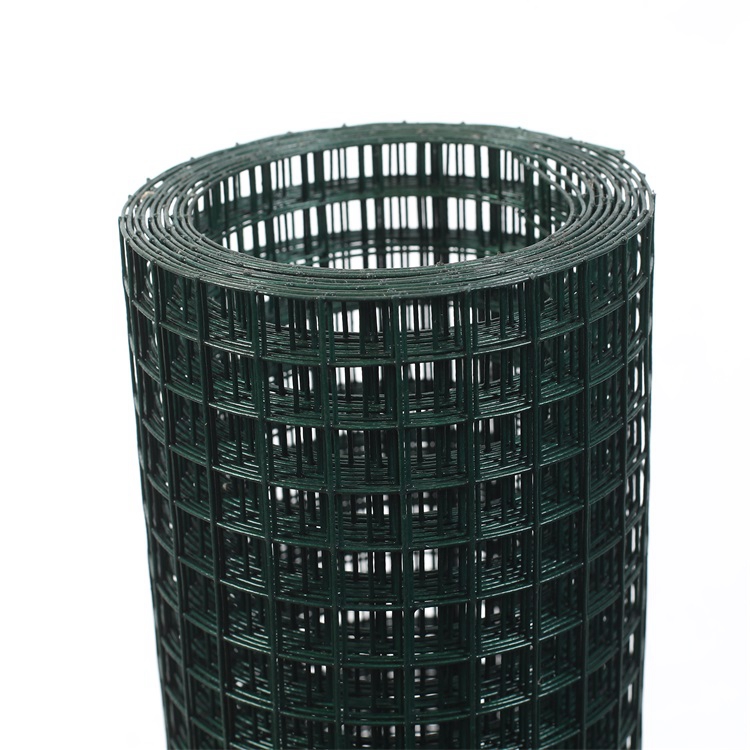brick anchor ties
Brick Anchor Ties Essential Elements in Masonry Construction
In the realm of construction, especially in the masonry sector, the stability and longevity of structures significantly hinge upon the efficacy of various connecting elements. One such critical component is the brick anchor tie. These ties play a pivotal role in ensuring that brick veneers are securely anchored to the supporting structures, thereby enhancing both safety and durability.
Understanding Brick Anchor Ties
Brick anchor ties are metal connectors used to link brick-facing materials to the underlying frame or structural wall. Typically made from galvanized steel or stainless steel, these ties exist in various forms and designs to cater to different building requirements. Their primary function is to provide lateral support and stability to the brick veneer, especially when exposed to wind loads and thermal expansion.
The Importance of Brick Anchor Ties
1. Structural Stability One of the fundamental purposes of brick anchor ties is to maintain the structural integrity of a building. By securing the brick veneer to the wall, these ties help prevent the veneer from bulging or detaching due to weather conditions or structural movement.
2. Load Distribution Brick anchor ties also facilitate the proper distribution of loads across the wall system. When heavy loads from the roof or upper stories press down, these ties help in dispersing that weight evenly, preventing localized stress that could lead to cracking or failure.
brick anchor ties

3. Prevention of Moisture Infiltration Moisture is one of the most significant threats to masonry structures. Brick anchor ties ensure that the brick veneer is adequately separated from the moisture-prone structural wall. This separation allows for better drainage and minimizes the likelihood of water-related issues like mold growth or structural deterioration.
4. Thermal Expansion Accommodation All materials expand and contract with temperature changes. Brick anchor ties allow for some movement between the brick veneer and the underlying structure, accommodating thermal expansion and preventing cracking or displacements.
Installation Considerations
The effective performance of brick anchor ties hinges on proper installation. Builders must adhere to local building codes and regulations, which often outline specific requirements for the spacing, size, and type of anchor ties. Typically, ties should be installed at regular intervals, typically every 16 to 24 inches vertically and 24 inches horizontally, though specific projects may necessitate adjustments.
Another critical aspect is ensuring that the anchor ties are correctly aligned with the structural elements. Misalignment can lead to ineffective load transfer and potential failure of the masonry system. Moreover, the choice of material is crucial; while galvanized steel is commonly used for its corrosion resistance, environments prone to high corrosion rates may require stainless steel to ensure longevity.
Conclusion
In summary, brick anchor ties are indispensable components in masonry construction, providing essential support and stability to brick veneers. They facilitate load distribution, prevent moisture infiltration, and accommodate thermal movement, thereby extending the life of the structure. Proper selection and installation of these ties are paramount to maximizing their effectiveness. As the construction industry continues to evolve, the importance of these seemingly simple elements remains ever-present, reminding builders of the fundamental principles that underpin safe and enduring masonry work. In essence, investing in quality brick anchor ties is an investment in the integrity and resilience of the entire building.
-
The Durability and Versatility of Steel Wire
NewsJun.26,2025
-
The Best Iron Nails for Your Construction Projects
NewsJun.26,2025
-
Strengthen Your Projects with Durable Metal Stakes
NewsJun.26,2025
-
Get the Job Done Right with Duplex Nails
NewsJun.26,2025
-
Explore the Versatility and Strength of Metal Mesh
NewsJun.26,2025
-
Enhance Your Security with Razor Wire
NewsJun.26,2025














